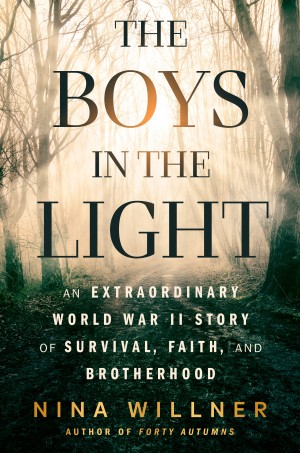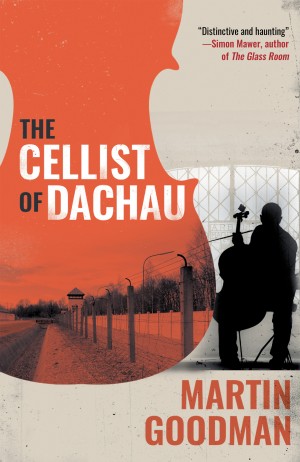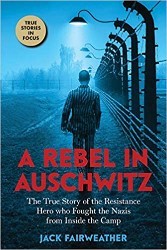In 1943, German SS officers in charge of Auschwitz-Birkenau ordered that an orchestra be formed among the female prisoners. Almost fifty women and girls from eleven nations were drafted into a band that would play marching music to other inmates in all weathers. While still living amid the harshest of circumstances, they were also made to give weekly concerts for Nazi officers, and individual members were sometimes summoned to give solo performances. For almost all of the musicians chosen to take part, being in the orchestra saved their lives. But at what cost? What role could music play in a death camp? What was the effect on those women who owed their survival to their participation in a Nazi propaganda project? And how did it feel to be forced to provide solace to the perpetrators of a genocide that claimed the lives of their family and friends? In The Women’s Orchestra of Auschwitz, award-winning historian Anne Sebba traces these tangled questions of deep moral complexity with sensitivity and care. From Alma Rosé, the orchestra’s main conductor, niece of Gustav Mahler and a formidable pre-war celebrity violinist, to Anita Lasker-Wallfisch, its teenage cellist and last surviving member, Sebba draws on meticulous archival research and exclusive first-hand accounts to tell the full and astonishing story of the orchestra, its members, and the response of other prisoners for the very first time.

Nonfiction
The Women’s Orchestra of Auschwitz: A Story of Survival
- From the Publisher
September 1, 2024
Discussion Questions

Jewish literature inspires, enriches, and educates the community.
Help support the Jewish Book Council.



